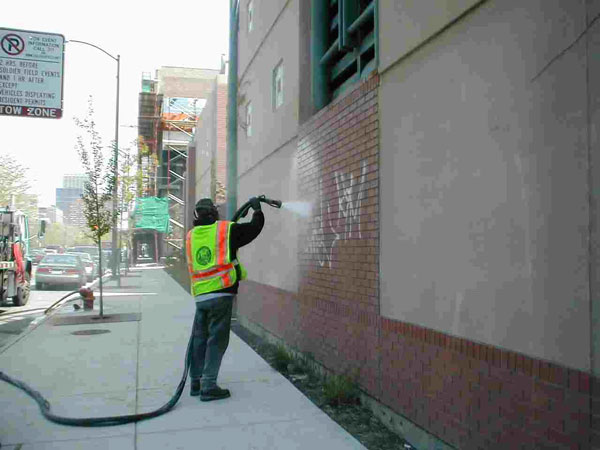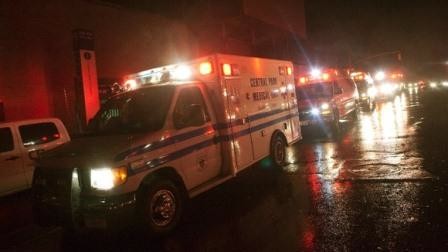By Rudy Holesek, Contributing Columnist
Here is a typical scenario. Your energy and repair costs are high, you are frustrated by frequent breakdowns, you are plagued by comfort complaints from tenants or employees or maybe the equipment is past its useful life, maybe all of the above. Somehow, you have concluded that you need to replace your HVAC equipment. Even worse, you have waited until the equipment has failed. Seems simple enough right? You just get the size (capacity) of the equipment, call in a contractor and get some quotes on replacement, pick the lowest price and you are good to go. Not really! If you or your contractor is approaching your project this way, you are doing yourself an injustice. Here’s why.
If the equipment you are planning to replace is 15 to 20 years old, you need to ask these very basic questions. In the last 15 to 20 years have you done a lighting upgrade to high-efficiency fixtures? Have you made improvements to the building envelope such as installing high-performance glass, new roof with an increased R-Value, applied a “Cool” (white) roof? Was the space you’re in originally designed for your use? If not, did it have a higher occupancy, or lower? Have you added or removed any significant heat producing office equipment? All of these questions must be answered and evaluated before any decisions are made on replacement equipment. Contemplating a major equipment upgrade is a large expensive and very important undertaking. The best way to evaluate any solution is to start with a building “Model”. Modeling your building will take into consideration all of the factors listed above. All of these factors have an impact on the capacity and performance of your equipment. How much one would ask?
Let’s take a simple 50,000 sqft office building. And for the sake of this article let’s say lighting was reduced from 2WPF (watts/sqft) to 1 WPF, the roof insulation was replaced and went from a “R” 5 to an “R” 20, the glass was replaced and went from single pane clear to insulated high-performance tinted. (All of these measures, by the way, should be considered before and HVAC equipment is replaced.) We will assume the number of occupants have stayed the same. The measures above could have resulted in a reduction of over 40 tons of A/C! So you can begin to see how you need to look at your building holistically.
The economic impact of the above? First, the installed cost of 40 tons of A/C is roughly $75,000. The energy cost to run those additional 40 tons (assuming 1,000 cooling hours/year) at $.20/KWH is roughly $10,000, annually. So over the expected life of the equipment you will have spent about $190,000 more than you needed to assuming the cost of energy stays the same. Adding insult to injury, the occupants will be less comfortable because of oversized equipment.
Now, after you have modeled the building taking into consideration all improvements it’s time to select your equipment. My recommendation is to select high-efficiency equipment. It ALWAYS makes good economic sense to do so. If you are located on Long Island LIPA and National Grid offers significant incentives for high-efficiency equipment, lighting, VFD’s, and other related ECM’s. In addition, there are significant tax incentives through EPact (Energy Policy Act of 2005). EPact is set to expire at the end of 2013. You may qualify for up to $1.80 per sqft so don’t miss that one. In addition, if you performed some of these lighting or envelope measures and did not apply there is a “look back” mechanism. Speak to an EPact expert on this.
If the three most important things in real estate are location, location, location then the three most important things when considering a major equipment upgrade are planning, planning, planning!
Rudy Holesek is President of Apollo HVAC Corp. located in Bay Shore, NY. www.apollohvac.com (516) 242-8787. Rudy is Chairman of the US Green Building Council, Long Island Chapter, Vice President of BOMA-LI, Board Member of HIA-LI and a member of ASHRAE.
Discover more from Helping NYC & Long Island Commercial Tenants, Owners, and Developers
Subscribe to get the latest posts sent to your email.






Great article. However, if the building includes a commercial kitchen, this is another area to consider for upgrades. Commercial Kitchen Ventilation (CKV) has far more energy efficient exhaust hood solutions today that can dramatically lower the overall HVAC tonnage required for kitchen make-up air. Adding Demand Control Ventilation (DCV) assures the kitchen hoods aren’t pulling maximum CFM out of the building all day long needlessly. Energy rebates (especially very substantial Custom rebates on energy saved), are available through many of the local Utility companies for kitchen ventilation upgrades.
Excellent article bringing forth those aspects we normally don’t consider in replacing an old, original equipment HVAC System. Thanks, Ed.